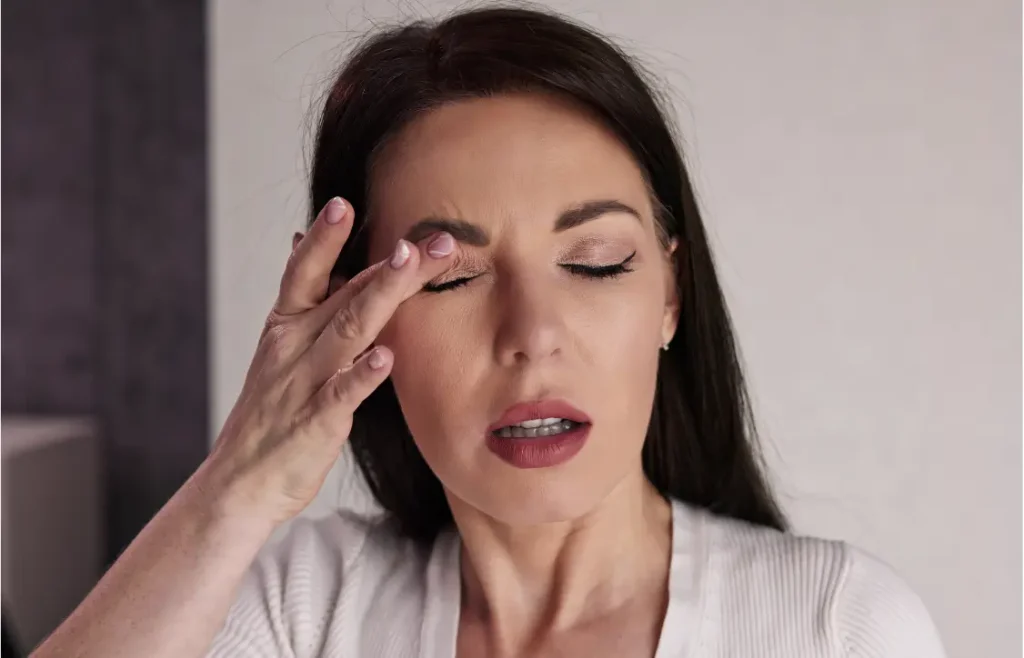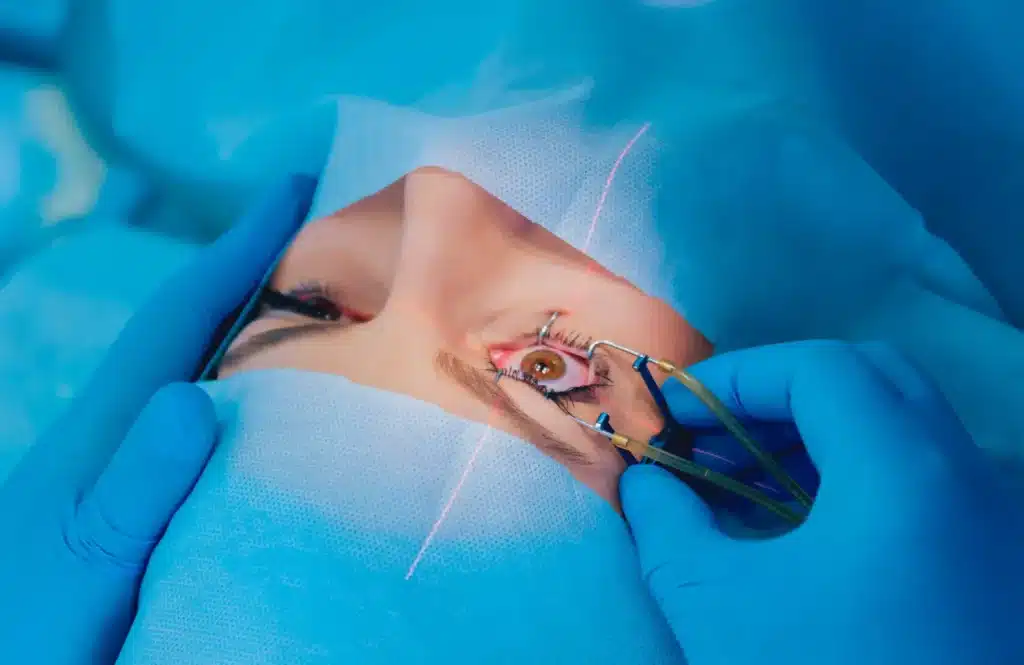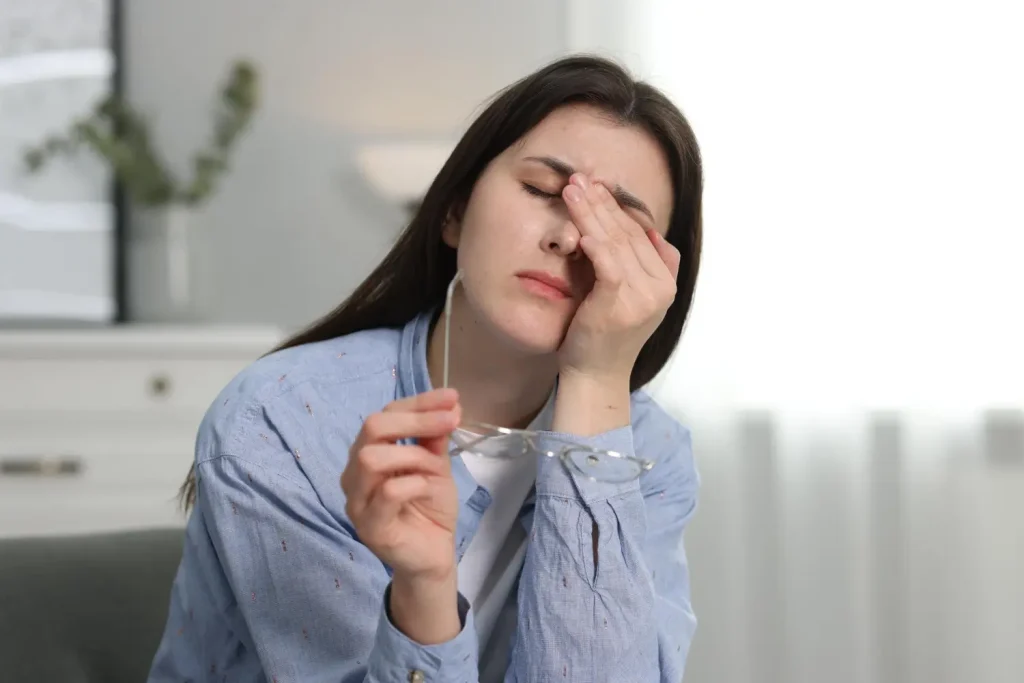Botox for Migraine Headaches
Botox is a neurotoxin that sourced from Clostridium botulinum, which is a non-toxic bacterium found in nature. The primary purpose of Botox is to counter the formation of lines and wrinkles that develop on the face by paralyzing the facial muscles. However, Botox is also used as a treatment for chronic migraines.
According to the International Headache Society, people are considered to have chronic migraines when they experience more than 15 migraine headaches each month over a period of 3 months.
Botox injections are given to patients in 12-week intervals and are administered around the head and neck to reduce the pain.
- On average, Botox prevents 89 migraine days per month.
- A very small needle is used for Botox injections.
- Botox must be injected by a health-care professional.
- Injections usually take only 15 minutes.
- Botox is not permanent.
Before and after treatment
Before the treatment starts, the specialist performing the injection will assess your condition. It is essential to have available your medical history alongside a list of any medications and supplements being taken at the time. Results are usually seen within the first few days following receiving injections with botulinum toxin A. The injection itself is administered commonly in the regions around the head and neck to for the purpose of dulling the pain and frequency of chronic migraine headaches. If patients do not see results after a few days have passed, or should they develop any side effects, they are suggested to contact their doctor immediately.
Side Effects of Botox
Botox use does come with side effects. Common side effects are reactions to the injection, such as mild pain, swelling, redness, and bruising at the site of injection. These side effects spontaneously resolve within a few days. If patients experience any of the side effects listed below, they should immediately contact their doctor.
- Loss of strength
- General muscle weakness
- Dizziness
- Itching
- Rash
- Wheezing
- Neck pain
- Asthma
- Dry mouth
- Drooping eyelids
- Swelling of the eyelids
- Dry eyes
- Vision abnormalities
- Fatigue
- Headaches
Patients who are allergic to any of the ingredients in Botox should not receive Botox treatment. Patients should inform their doctor of all medications they are taking and of any pre-existing medical conditions, including muscle and nerve conditions. They should also tell their doctor about any surgeries they have had. This will help reduce the risk of more severe adverse reactions.
The Cost
The cost of Botox injections for chronic migraines varies. The price is usually determined by the number of units used. Depending on the region you live in, the cost per unit can range from $10 to $15. Some doctors may offer the treatment at a flat rate.
When to choose Botox
If you are considering receiving treatment for your chronic migraines, you should consult a doctor to ensure the treatment is right for you. It is also important that your expectations are realistic. Chronic migraine pain isn’t cured instantly. As well, some patients will still experience migraine headaches, but not as many. You may need to consider additional treatment along with Botox. Botox is only used to treat those who experience migraine headaches at least 15 days of the month. For those who experience migraine headaches less than this, you will need to consider alternative treatments. As well, treatments are only given a minimum of every 3 months. If you receive your first round of treatment and are not experiencing relief within the first few weeks, contact your injector.
For those who experience chronic migraines, it can be debilitating. Botox is a neuromodulating injectable drug that helps reduce pain and discomfort associated with migraine headaches. If you are experiencing chronic migraines, speak to your doctor about treatment options such as Botox.



















